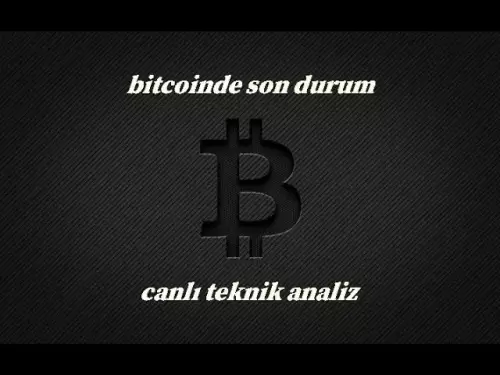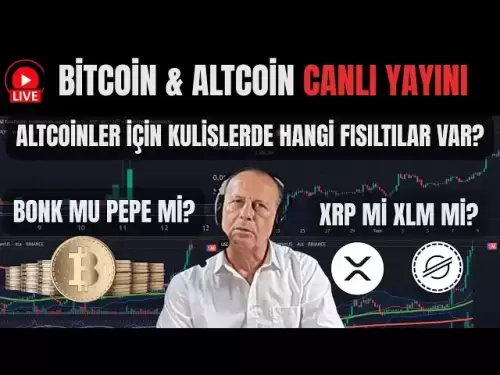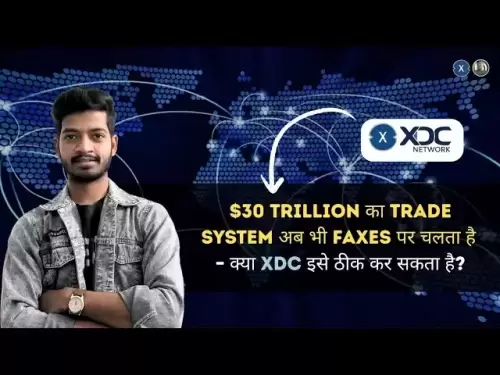-
 Bitcoin
Bitcoin $117,879.8627
0.05% -
 Ethereum
Ethereum $2,956.4450
-0.23% -
 XRP
XRP $2.7737
-0.58% -
 Tether USDt
Tether USDt $1.0003
-0.01% -
 BNB
BNB $687.3817
-0.92% -
 Solana
Solana $161.9370
-0.65% -
 USDC
USDC $1.0000
0.00% -
 Dogecoin
Dogecoin $0.1983
-2.35% -
 TRON
TRON $0.3019
-1.02% -
 Cardano
Cardano $0.7217
-0.53% -
 Hyperliquid
Hyperliquid $47.5630
3.05% -
 Stellar
Stellar $0.4341
11.02% -
 Sui
Sui $3.4115
-0.11% -
 Chainlink
Chainlink $15.1548
-0.82% -
 Bitcoin Cash
Bitcoin Cash $505.9817
-4.61% -
 Avalanche
Avalanche $21.0131
1.73% -
 Hedera
Hedera $0.2033
2.29% -
 UNUS SED LEO
UNUS SED LEO $9.0775
-0.06% -
 Shiba Inu
Shiba Inu $0.0...01315
-1.08% -
 Toncoin
Toncoin $3.0032
0.48% -
 Litecoin
Litecoin $93.1712
-1.23% -
 Polkadot
Polkadot $3.9194
-0.78% -
 Monero
Monero $334.1138
0.50% -
 Dai
Dai $1.0000
-0.01% -
 Ethena USDe
Ethena USDe $1.0005
-0.04% -
 Uniswap
Uniswap $8.4642
-3.24% -
 Pepe
Pepe $0.0...01231
-0.36% -
 Bitget Token
Bitget Token $4.3823
-1.34% -
 Aave
Aave $302.1026
0.83% -
 Bittensor
Bittensor $386.2829
-2.26%
What are the main smart contract platforms besides Ethereum?
Binance Smart Chain offers Ethereum-compatible smart contract development with lower fees and faster transactions using its PoSA consensus mechanism.
Jul 11, 2025 at 09:15 am
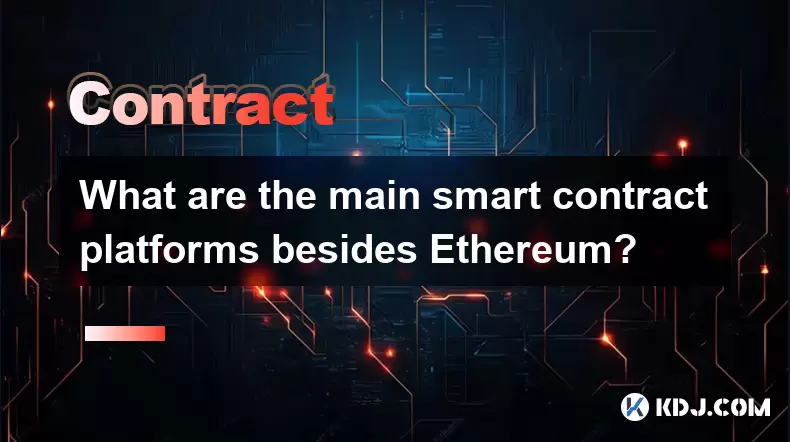
Binance Smart Chain (BSC)
Binance Smart Chain is one of the most popular alternatives to Ethereum, primarily due to its compatibility with Ethereum's tools and low transaction fees. Developers can easily port their Ethereum-based dApps to BSC thanks to the support for the Ethereum Virtual Machine (EVM). This allows smart contracts written in Solidity to run seamlessly on BSC.
The consensus mechanism used by BSC is Proof-of-Staked Authority (PoSA), a hybrid of Proof-of-Stake and authority-based validation. Validators are limited in number, which helps maintain fast block times and high throughput.
To deploy a smart contract on BSC:
- Set up a wallet like MetaMask and connect it to BSC
- Obtain BNB tokens for gas fees
- Use Remix IDE or Truffle to write and compile the contract
- Deploy the contract using the BSC testnet or mainnet
Cardano (ADA)
Cardano takes a research-driven approach to blockchain development, focusing on scalability, interoperability, and sustainability. Its smart contract platform, launched in 2021 through the Alonzo upgrade, uses a unique two-layer architecture: the Cardano Settlement Layer (CSL) for transactions and the Cardano Computation Layer (CCL) for smart contracts.
Smart contracts on Cardano are written in Plutus, a functional programming language based on Haskell. Developers also use Marlowe, a domain-specific language tailored for financial contracts without requiring deep programming knowledge.
To create a smart contract on Cardano:
- Install the Plutus Platform and set up the development environment
- Write and test the contract using Plutus Playground
- Compile and submit the contract via the Cardano node CLI
- Fund the contract address with ADA and execute transactions
Solana (SOL)
Solana is known for its high-speed transactions and low costs, making it attractive for scalable decentralized applications. It achieves this performance through a combination of Proof-of-History (PoH) and Tower BFT consensus, enabling thousands of transactions per second.
Smart contracts on Solana are primarily written in Rust or C, offering developers flexibility and efficiency. The platform also supports Serum for decentralized exchange protocols and Anchor for building secure dApps.
Steps to deploy a smart contract on Solana:
- Install the Solana CLI and set up a wallet
- Create a project using the Solana Program Library (SPL)
- Write and compile the contract using Rust
- Deploy the program to the Solana network using the CLI
- Interact with the deployed contract using web3.js or Anchor
Polkadot and Substrate-based Chains
Polkadot provides a multi-chain framework that enables interoperability between different blockchains. Its Substrate framework allows developers to build custom blockchains that can connect to the Polkadot ecosystem. While Polkadot itself does not run EVM-compatible smart contracts natively, it supports them through parachains like Moonbeam.
Moonbeam is an Ethereum-compatible smart contract platform built on Substrate. It supports Solidity and familiar developer tools, allowing seamless migration of Ethereum dApps.
To deploy a smart contract on Moonbeam:
- Configure MetaMask to connect to Moonbeam’s network
- Fund the wallet with GLMR tokens
- Use Remix or Hardhat to write and compile the contract
- Deploy and interact with the contract as you would on Ethereum
Avalanche (AVAX)
Avalanche is another high-performance blockchain platform designed for creating custom subnets and deploying smart contracts. It offers near-instant finality and low fees, making it ideal for DeFi, NFTs, and enterprise solutions.
Avalanche supports the Ethereum Virtual Machine, so developers can use Solidity and existing tooling to build on its C-Chain. It also features P-Chain for managing validators and X-Chain for asset transfers.
Deploying a smart contract on Avalanche involves:
- Setting up MetaMask and connecting to Avalanche’s Fuji testnet or mainnet
- Acquiring AVAX tokens for gas
- Writing and compiling the contract in Remix or Truffle
- Deploying the contract using the Avalanche plugin or RPC endpoints
- Verifying and interacting with the contract via Snowtrace
Frequently Asked Questions
Q: Can I use the same tools for developing on non-Ethereum platforms?
Yes, many platforms like Binance Smart Chain, Avalanche, and Moonbeam support Ethereum-compatible tooling such as MetaMask, Remix, and Truffle. However, some platforms like Cardano and Solana require specific development environments and languages.
Q: Do all smart contract platforms use Solidity?
No. While Solidity is widely used on EVM-compatible chains, platforms like Cardano use Plutus and Solana uses Rust or C for smart contract development.
Q: Are transaction fees lower on other platforms compared to Ethereum?
In general, yes. Platforms like Binance Smart Chain, Solana, and Avalanche offer significantly lower gas fees than Ethereum, especially during periods of high congestion.
Q: How do consensus mechanisms differ across platforms?
Ethereum now uses Proof-of-Stake, while Binance Smart Chain uses PoSA, Solana uses PoH with Tower BFT, and Cardano uses Ouroboros (a variant of PoS). Each platform optimizes for speed, security, or decentralization differently.
Disclaimer:info@kdj.com
The information provided is not trading advice. kdj.com does not assume any responsibility for any investments made based on the information provided in this article. Cryptocurrencies are highly volatile and it is highly recommended that you invest with caution after thorough research!
If you believe that the content used on this website infringes your copyright, please contact us immediately (info@kdj.com) and we will delete it promptly.
- Bitcoin Rally, Satoshi Nakamoto, and the Richest Elite: A New World Order?
- 2025-07-13 12:30:12
- Mining, BDAG, LTC Outlook: What's Hot and What's Not?
- 2025-07-13 12:30:12
- XRP Price Surges Amid Whale Wallet Accumulation and Token Ecosystem Growth
- 2025-07-13 11:50:12
- Toncoin, UAE Visa, and Institutional Adoption: A Wild Ride in Crypto
- 2025-07-13 11:05:12
- Floki's Bullish Run: Webull Listing and Price Surge - What's Next?
- 2025-07-13 11:05:13
- Curve DAO (CRV): Riding the Yield Wave in DeFi
- 2025-07-13 11:05:14
Related knowledge

Psychology of trading Bitcoin contracts
Jul 13,2025 at 02:50am
Understanding the Emotional Rollercoaster of Bitcoin Futures TradingBitcoin contract trading, especially in the form of futures, introduces a high lev...

Best time of day to trade Bitcoin contracts?
Jul 13,2025 at 05:29am
Understanding Bitcoin Contracts and Their VolatilityBitcoin contracts, particularly futures contracts, are derivative instruments that allow traders t...

How to use Fibonacci levels in Bitcoin contract trading?
Jul 13,2025 at 08:07am
Understanding Fibonacci Levels in TradingFibonacci levels are a technical analysis tool used by traders to identify potential support and resistance z...
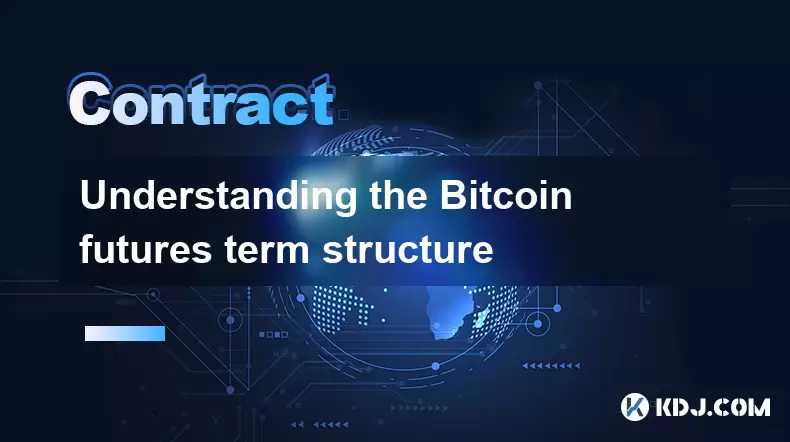
Understanding the Bitcoin futures term structure
Jul 13,2025 at 08:28am
What is Bitcoin Futures Term Structure?The Bitcoin futures term structure refers to the relationship between the prices of Bitcoin futures contracts w...
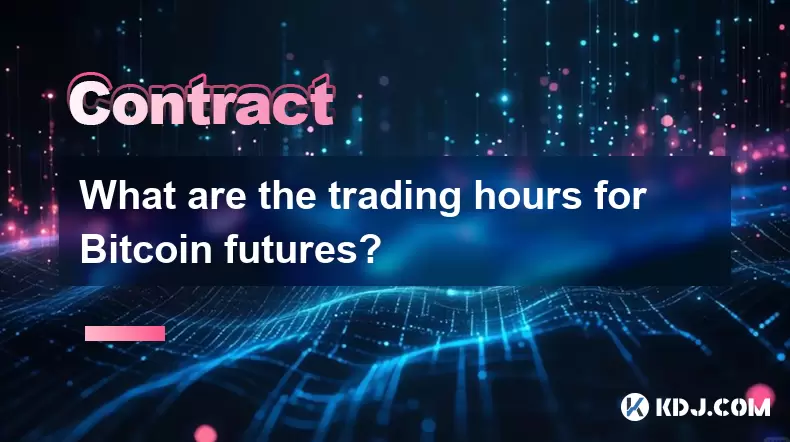
What are the trading hours for Bitcoin futures?
Jul 13,2025 at 12:14pm
Understanding Bitcoin Futures Trading HoursBitcoin futures are derivative contracts that allow traders to speculate on the future price of Bitcoin wit...

How to withdraw profits from a futures account?
Jul 13,2025 at 07:07am
Understanding Futures Accounts and Withdrawal MechanicsIn the cryptocurrency space, a futures account is used to trade contracts that derive their val...

Psychology of trading Bitcoin contracts
Jul 13,2025 at 02:50am
Understanding the Emotional Rollercoaster of Bitcoin Futures TradingBitcoin contract trading, especially in the form of futures, introduces a high lev...

Best time of day to trade Bitcoin contracts?
Jul 13,2025 at 05:29am
Understanding Bitcoin Contracts and Their VolatilityBitcoin contracts, particularly futures contracts, are derivative instruments that allow traders t...

How to use Fibonacci levels in Bitcoin contract trading?
Jul 13,2025 at 08:07am
Understanding Fibonacci Levels in TradingFibonacci levels are a technical analysis tool used by traders to identify potential support and resistance z...

Understanding the Bitcoin futures term structure
Jul 13,2025 at 08:28am
What is Bitcoin Futures Term Structure?The Bitcoin futures term structure refers to the relationship between the prices of Bitcoin futures contracts w...

What are the trading hours for Bitcoin futures?
Jul 13,2025 at 12:14pm
Understanding Bitcoin Futures Trading HoursBitcoin futures are derivative contracts that allow traders to speculate on the future price of Bitcoin wit...

How to withdraw profits from a futures account?
Jul 13,2025 at 07:07am
Understanding Futures Accounts and Withdrawal MechanicsIn the cryptocurrency space, a futures account is used to trade contracts that derive their val...
See all articles





















